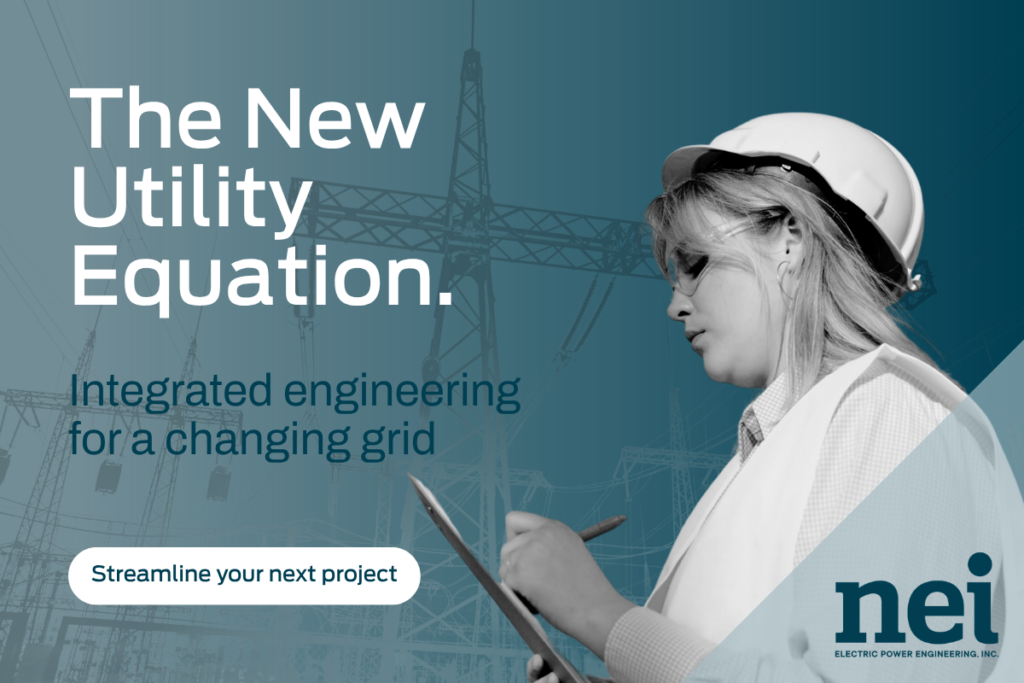
The power grid is under more pressure than ever—between electrification, aging infrastructure, extreme weather, and evolving cybersecurity threats, utility teams are juggling a lot. In response, some are starting to rethink how they handle engineering support. Instead of working with different firms for every piece of a project, there’s growing interest in simplifying things—bringing more scopes under one roof to save time, reduce handoffs, and keep projects on track.
A recent Washington Post story put it plainly: data centers, AI, and electrification are expected to push U.S. power demand to levels not seen in decades. Utilities are being asked to move faster and do more with fewer internal resources, all while maintaining reliability. For many, that means simplifying how they get engineering support—moving away from a patchwork of vendors and toward teams that can handle more scopes from start to finish.
Complex Systems, Fragmented Support
For a long time, it was common for utilities to spread engineering work across multiple firms—one handling substations, another focused on transmission, and others stepping in for studies, SCADA, or commissioning. That fragmentation used to be manageable, especially when projects were simpler and timelines more flexible. But as utility systems become increasingly connected—technically, digitally, and financially—the cracks in that model are starting to show.
Handoffs between vendors can lead to delays, mismatched assumptions, and confusion over responsibilities. It also complicates documentation and makes it harder to stay aligned with regulatory requirements without running into costly rework.
Why Some Utilities are Consolidating Engineering Scope
This demanding and evolving environment has utility leaders taking a closer look at internal limitations and external partnerships. Deloitte’s 2024 Power & Utilities Industry Outlook notes that utilities are entering an “expansion phase” where grid upgrades, clean energy integration, and resiliency projects are all accelerating simultaneously. At the same time, the industry is navigating a tight labor market, supply chain constraints, and rising pressure to deliver faster.
Managing projects through a network of narrowly focused engineering vendors in that environment is becoming more challenging. Instead, some utilities are consolidating scopes. However, not all engineering firms can handle substation design, transmission, SCADA, studies, and more under one roof.
What Integrated Utility Engineering Looks Like
At its best, integrated engineering means the same team (or tightly connected teams) handles:
- Substation design: from one-line diagrams to protection schemes
- Transmission and distribution planning: including capacity upgrades and NERC compliance
- Electrical studies: covering grounding, arc flash, harmonics, and transient stability
- SCADA and automation: fully networked designs built to modern cybersecurity standards like NERC CIP
- Field support, testing, and commissioning: to close the loop between design intent and real-world execution
The Bottom Line
The pressure on utilities doesn’t appear to be letting up anytime soon. As electrification accelerates and the grid becomes more complex, it’s not just about having enough resources anymore—it’s about how well everything works together.
While a single model may not suit every utility, many are discovering the benefits of partnerships that can adapt to the full spectrum of needs—from substation projects to studies and everything in between.
Let’s Talk
Whether you’re exploring your first project or looking to expand existing work, NEI’s team of 300+ specialized engineers is ready to help. Reach out to see how we can support your utility goals—with the right scope, right expertise, and the flexibility to adapt as needs evolve.